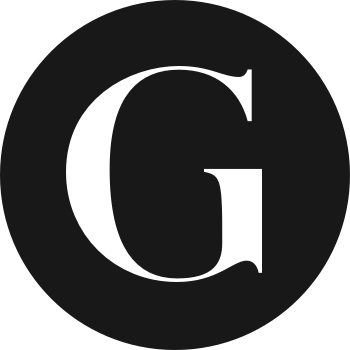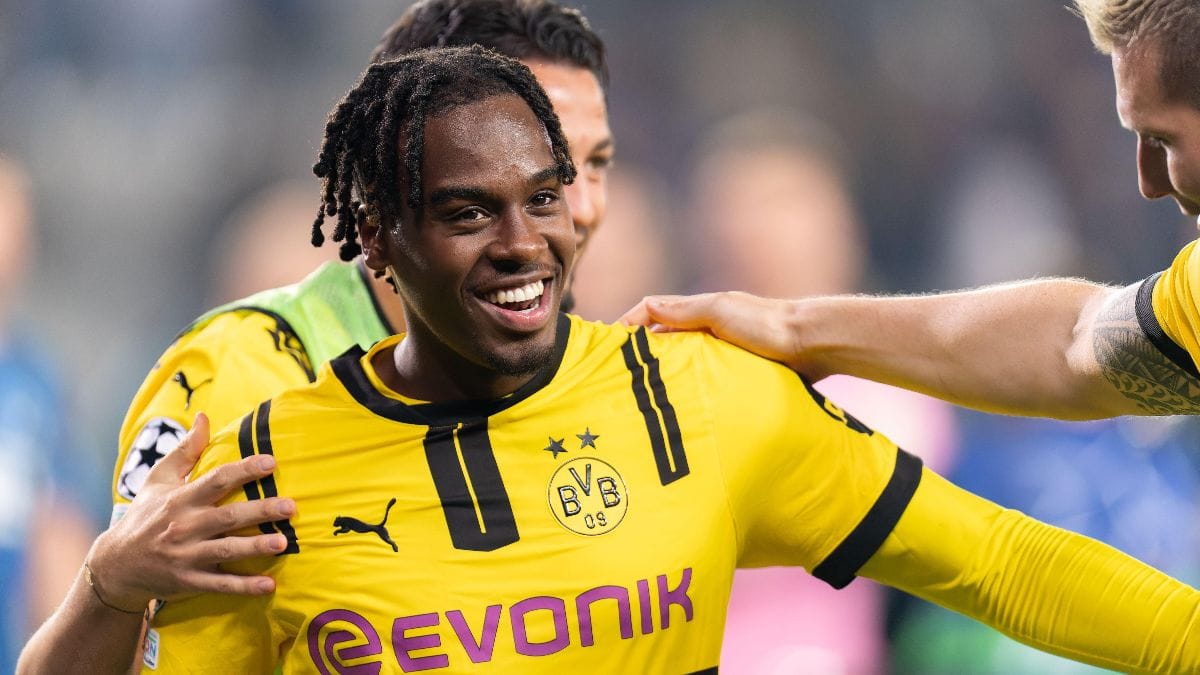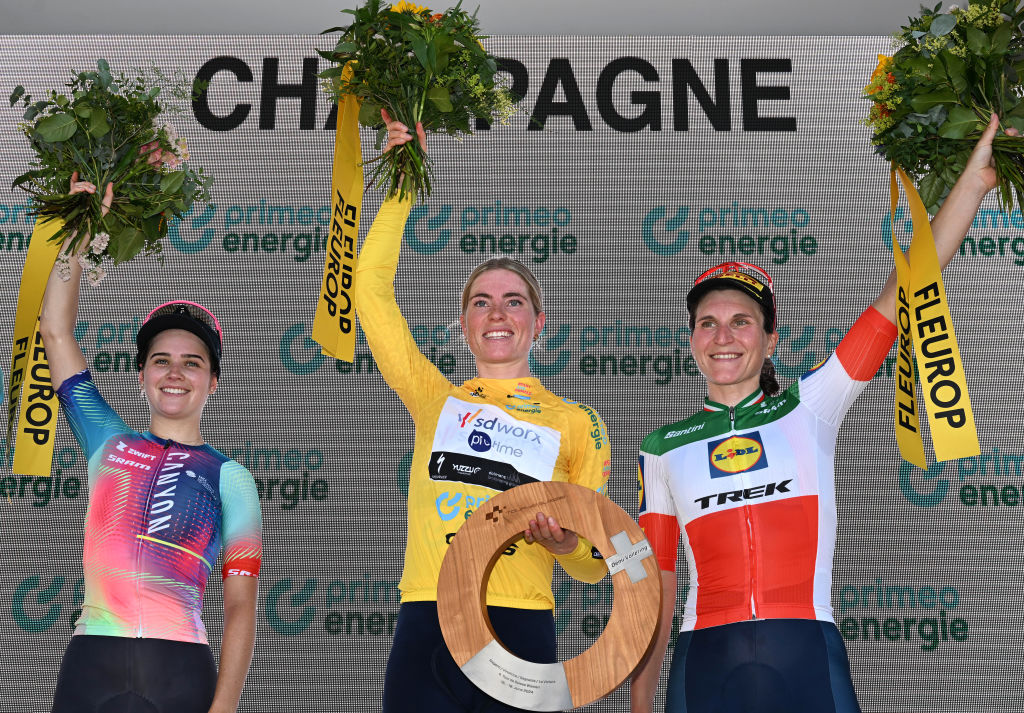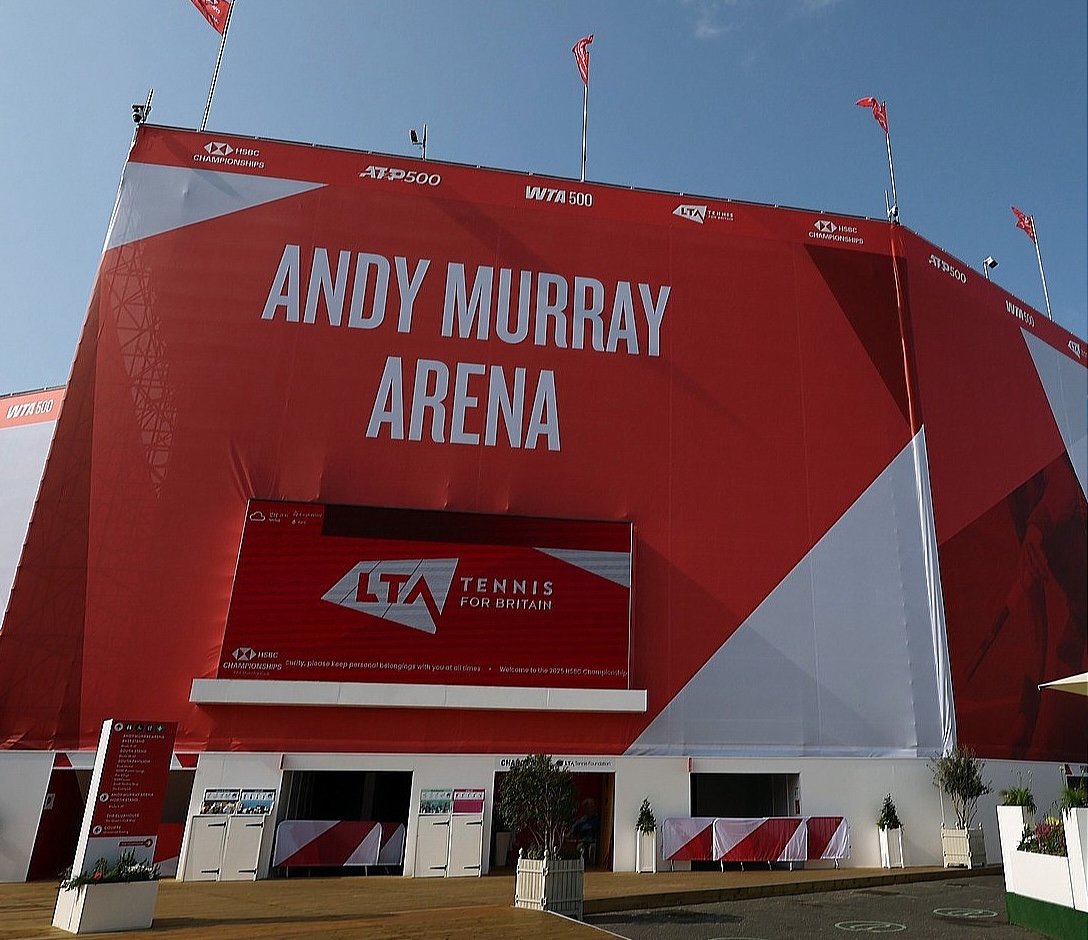Evan Rothman
;)
It’s tough to make a living making art. Like with pro golf, you need to make your own luck.
Lee Wybranski grew up in the Philadelphia area, about three miles from Merion, and drew superheroes and sports stars as a kid before graduating from Syracuse University with an art history degree. He then moved back to Philly and stumbled into a gig doing finely detailed pen-and-ink house portraits. The work was steady but limited by the fact that the only buyer interested in the end product was each homeowner. One and done.
But Wybranski and his business partners had the bright idea of showing a book of this work to the country club set in and around New York, surmising that many club members were passionate about their golfing homes away from home.
Strokes of Genius: How artist Lee Wybranski honored the greatest Masters champion, Jack Nicklaus
His first commission? Winged Foot, which asked the artist to render a drawing of its famous Tudor clubhouse. Not surprisingly, that gig opened the door to many other esteemed Northeast clubhouses. In a single bound, Wybranski became golf’s Captain Artist, able to make iconic posters for the USGA since the 2008 U.S. Open! Other golf governing bodies — the R&A, the Masters, the LPGA, the PGA of America — soon came aboard to the tune of posters for more than 40 majors and counting.
Here, the 56-year-old Wybranski, now a resident of Flagstaff, Ariz., dishes on his journey from Batman to Bethpage and what makes for a powerful poster.
GOLF: Walk us through the making of a poster for, say, the U.S. Open, the Ryder Cup, the PGA.
Lee Wybranski: Typically, I make a site visit six to nine months out, usually for one to two days, trying to make sure I get morning and evening light. I canvas the course thoroughly with a golf cart, a ladder, a camera and a sketch-book. I prefer getting to know the venue and reaching my own understanding of what I think are its two, three or four signature elements.
G: As a commercial artist, you work for clients. How collaborative is the process?
LW: It’s highly collaborative. Some are much more involved in the process than others, but they all always have the right of approval. I consider it critical to get a feel from the client as to what kind of a message they want to send. With long-time clients, like the USGA, we’re not reinventing the wheel. For example, I’ve got a thorough understanding of what the vision and the mission is for the U.S. Open each year. I probably run against that egomaniac artist stereotype. I’m not painting what’s in my soul and hanging it on a gallery wall. I’m a commercial artist, working with clients, and I consider asking the right questions and being a good listener critical to my success. But even though I’m a commercial artist, I put a lot of myself into the work, for sure. It is gratifying to know that the work I do continues to connect with people.
;)
Michael Williams
G: You use the word mission. What would you say is the mission for a U.S. Open poster?
LW: Aside from showcasing the golf course in a very recognizable way, my main objective is to make the scene and the venue appear iconic — which is kind of an overused word, but I mean it in its truest sense. I look very closely to find the key players and the key actors visually and then create a picture that showcases those things and not clutter it up with a lot of other stuff. In my approach as an artist, iconic often means less is more. Work purely with what’s essential and striking and build around that.
G: About how long does it take you to create one of these works?
LW: I would say that most of the poster projects range from 35 to 50 hours or so of painting time. Once I have approval [of the image] and I’m just painting unencumbered, it’s in that ballpark. Posters were always intended to be bold and striking, to stop you in your tracks. I try to keep that aesthetic in my poster work and not get bogged down with tons of detail. The way I think about details in the posters is just enough to be convincing but not too much that it clutters up the picture.
G: All the artworks are your children, but do you have personal favorites?
LW: It’s not necessarily just the best picture but also the right picture at the right time. My drawing of the Winged Foot clubhouse is one of the best architectural drawings that I’ve done, but it was also my first commission in golf and changed the course of my career. So that will forever be very special to me. Caves Valley, outside of Baltimore, was one of my first clients and a great client throughout my career. The first time I painted their golf course, I painted the 2nd hole six times before I felt confident enough with the result to present it. That’s kind of my war story.
;)
Lee Wybranski
G: How about in terms of U.S. Open posters?
LW: That’s the major championship I’ve been doing the longest. My first one, Torrey Pines in 2008, is one of my best images and one of the simplest, which I’m very proud of. The U.S. Open hadn’t been to Southern California in 50 years, and SoCal is golf-crazy and affluent. It was a perfect storm, between that and Tiger Woods winning on a broken leg. At the time, I had been working mostly for private clubs and doing small club events, and at Torrey Pines I had a line [of customers] from the very first day. I’d go to lunch and come back, and there would be 25 people waiting in line for me to sign their poster. I’d never experienced anything like that in my life. I was a new dad at the time too, and so it was a huge shot in the arm in terms of my family life. I almost tear up when I think about it.
Shop Lee Wybranski’s 2025 poster collection

2025 U.S. Open Championship – Oakmont Country Club
Discover the official poster for the 2025 U.S. Open Championship at Oakmont Country Club.

2025 Ryder Cup – Bethpage Black
This stunning piece of art showcases the excitement of the 45th Ryder Cup.

2025 The Masters Poster & Print
This beautifully crafted piece captures the iconic first hole view at Augusta National.

2025 Open Championship – Royal Portrush
The par-3 16th hole is known as Calamity Corner due to its challenging landscape.

2025 PGA Championship – Quail Hollow Club
A stunning depiction of the iconic 17th green in the foreground and the 18th hole just beyond at Quail Hollow Club.
***SHOP MORE ARTWORK FROM LEE WYBRANSKI HERE***

Evan Rothman
Golf.com Contributor
A former executive editor of GOLF Magazine, Rothman is now a remote contract freelancer. His primary role centers around custom publishing, which entails writing, editing and procuring client approval on travel advertorial sections. Since 2016, he has also written, pseudonymously, the popular “Rules Guy” monthly column, and often pens the recurring “How It Works” page. Rothman’s freelance work for both GOLF and GOLF.com runs the gamut from equipment, instruction, travel and feature-writing, to editing major-championship previews and service packages.


;)











